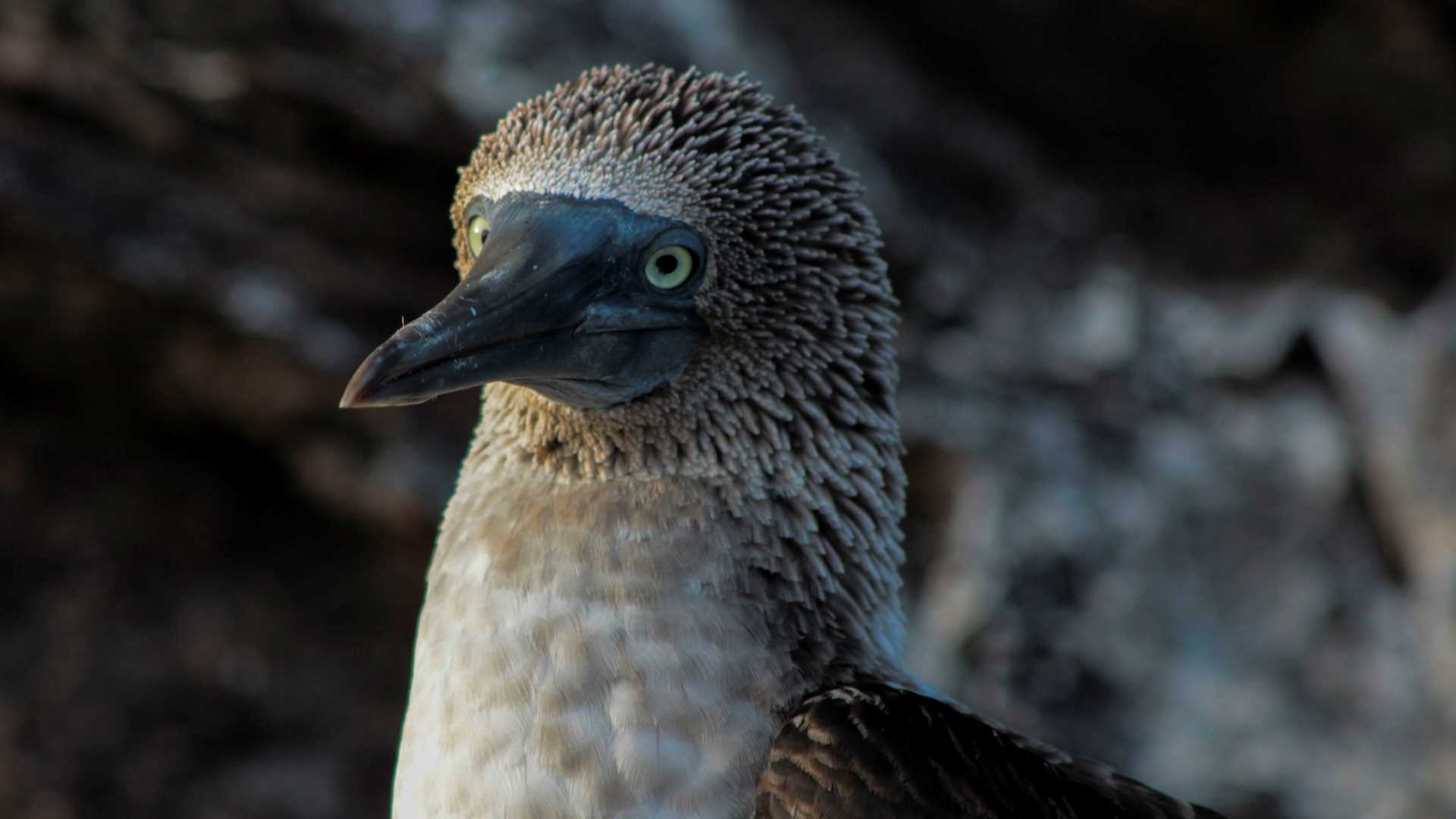The exploration of Española Island started early, with a clear sky and fresh breeze. We kayaked along the cliffs of the coastline at Gardner Bay where frigates and blue-footed boobies were displaying and feeding. The sunny morning continued with deep water snorkeling and swimming off the island’s beautiful white sandy beach. Finches, mockingbirds, and hermit crabs got close to us and fascinated our groups with their behavior.
In the afternoon, we walked inland on Suarez Point. As usual, as soon as we disembarked, we were surrounded by wildlife. The hot season has hit, and life is coming back to the ecosystem. Land birds are starting to mate, and the air is full of life. We were surprised to find a short-eared owl in the middle of the trail! We didn’t have to walk far to find a Galapagos hawk perched on a bush right next to the trail. It was an amazing day!







